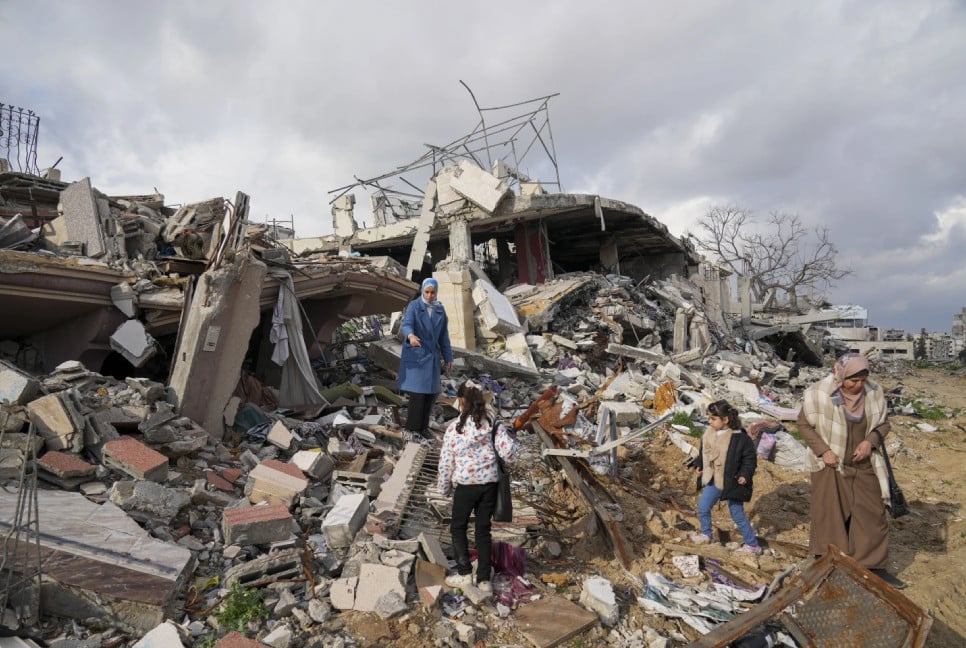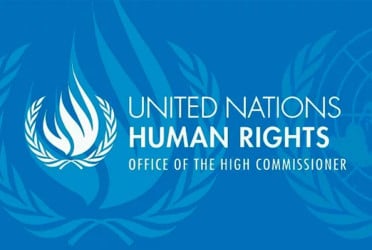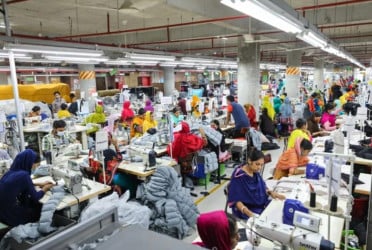Complications linked to births and infections kill nearly 76,000 children under the age of five every year in Europe and Central Asia and is "backsliding" on some health indicators, the World Health Organization said Tuesday.
In 2022, the death of 75,647 children before their fifth birthday was recorded in the WHO's European region -- which comprises 53 countries, including several in Central Asia.
The top five causes of death were "preterm birth complications, birth asphyxia, congenital heart anomalies, lower respiratory infections, and neonatal sepsis," the health body said in a report.
The region is known for strong health systems but "is largely stagnating or even backsliding on a range of indicators from child and adolescent health to chronic diseases," the WHO said.
"Many infants and children still die unnecessarily before the age of five years," the WHO report said.
While the child death rate remains very low in Europe, there are considerable differences between the best and worst performing countries.
Most EU countries have between 1.5 and 4.1 deaths of under fives per 1,000 births, in contrast to Turkmenistan and Tajikistan, where the rate is between 18.2 and 40.4.
The UN health agency noted other worrying issues for the health of children and adolescents in the region.
It said one in five adolescents suffers from a mental health condition, suicide remains the leading cause of death among people aged 15 to 29, and girls systematically report lower levels of mental well-being compared with boys.
In addition, 15 percent of teenagers say they have been victims of cyberbullying, one in 10 teenagers aged 13 to 15 use some form of tobacco product and almost one in three school-age children is overweight, with one in eight obese.
"In our online and interconnected world, our young people are ironically feeling lonelier than ever before, with many struggling with their weight and self-confidence, setting them up for poor health as adults," Hans Kluge, WHO Regional Director for Europe, said.
"Protecting and improving child health provides dividends throughout a person's life while reducing the cost to society," Kluge said.
"A healthy child is more likely to grow into a healthy adolescent, a healthy adult and a healthy older person.
"This couldn't be more crucial because for the first time ever, there are more people aged over 65 years than under 15 years in the European region," he added.
Source: AFP
bd-pratidin/Rafid






































































